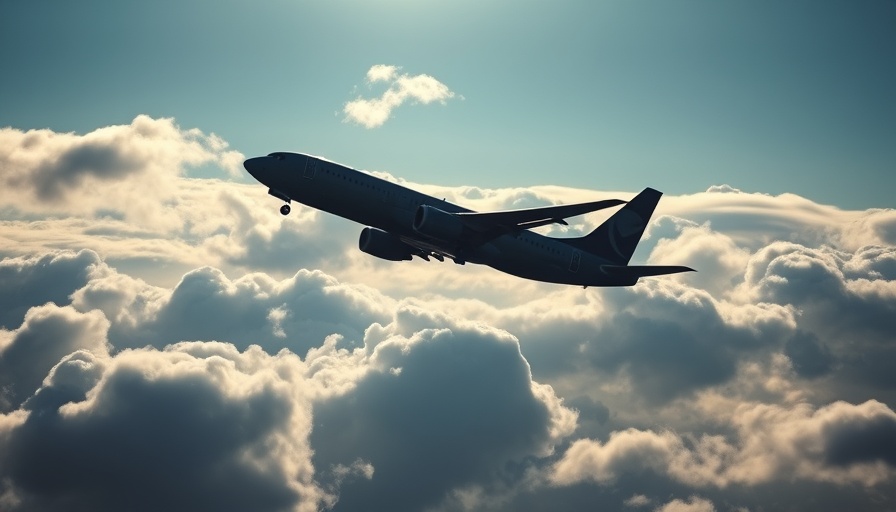
Sky-high Concerns: Why Plane Crashes Are on the Rise
In recent months, reports of aviation incidents have gripped the public’s attention—a worrying trend that is causing anxiety among frequent fliers. As aviation safety remains a hot topic, it’s crucial to dissect the elements contributing to this spike in crashes and emergency landings.
2025 has witnessed a slew of devastating plane accidents, inciting fears and questions about air travel safety among Americans. The most shockingly tragic incident occurred when an American Airlines jet collided with a Black Hawk helicopter near Washington D.C., resulting in the deaths of all 67 souls on board. This was just one of several incidents that have unfolded in the new year, including a medical transport plane crash in Philadelphia, a smoking United flight in Houston, and a dramatic crash-landing of a Delta flight in Toronto. To top it all off, the catastrophic Air India Flight AI 171 incident left only one survivor, marking a grim chapter in aviation history.
Understanding the Data: Are We Really in Danger?
While fear is a natural response to such tragic news stories, aviation experts insist that flying remains statistically safer than driving. According to aviation safety specialist Anthony Brickhouse, the safety landscape of aviation is overwhelmingly positive. He noted, "Passengers are safer in the air than they are while driving to the airport." Despite several horrific accidents, it’s vital to appreciate the historical context of aviation safety statistics, which assure us that air travel is still the safest mode of transportation.
As the aviation world reflects on the deadliest year for the industry since 2018, it’s important for travelers to remain cautious yet informed. Bloomberg reported about 300 aviation-related fatalities globally last year, a sobering reminder of the challenges still ahead. Brickhouse emphasized that consistent near-misses raise alarms within the aviation community, indicating a need for ongoing vigilance. He encourages the public to demand stricter safety measures and standards to ensure air travel remains secure.
The Social Impact: How the Rise in Plane Crashes Affects the Public
For many, the emotional load of flying has intensified alongside this recent surge in crashes. Around 25 million American adults suffer from aerophobia, a condition that adds layers to their travel stress. The behavioral and psychological implications of these accidents can supplant once-exciting travel plans with anxiety and fear.
While air travel is statistically safe, emotional reactions to tragic incidents can lead individuals to reconsider their willingness to fly. This is particularly poignant when we consider how many people rely on air transport for vacations, business, and family reunions. The emotional journey surrounding flying goes beyond just the statistics; it merges with personal anxieties and societal perceptions of safety.
Future Trends in Aviation Safety
As the aviation industry assesses the increase in crashes, a few potential trends may surface. Enhanced technology in flight operations and emergency protocols, as well as ongoing pilot training could pave improved pathways for safety. Experts believe that ongoing data analysis and incident reviews will inform better aviation policies, reducing the likelihood of future occurrences.
Technological advancements such as predictive analytics and enhanced cockpit technologies promise to mitigate risks associated with midair collisions and landing failures. The future of aviation may very well rely on these innovative solutions to ensure the safety of millions of passengers.
What You Should Know Before Your Next Flight
Eager travelers shouldn’t abandon their trips just yet. Staying informed and aware of travel safety updates can help ease concerns significantly. Always check airlines for their safety ratings and audits, and remain up-to-date with incident reports published by the FAA and NTSB. While it's reasonable to discuss fears surrounding flying, empowering yourself with knowledge is the best remedy.
With a commitment to rigorous safety standards and a focus on technological advancement, the aviation industry aims to reclaim the trust of the flying public. Understanding the dynamics at play is essential to relaxing those flight anxieties and returning to the skies.
 Add Row
Add Row  Add
Add 



Write A Comment